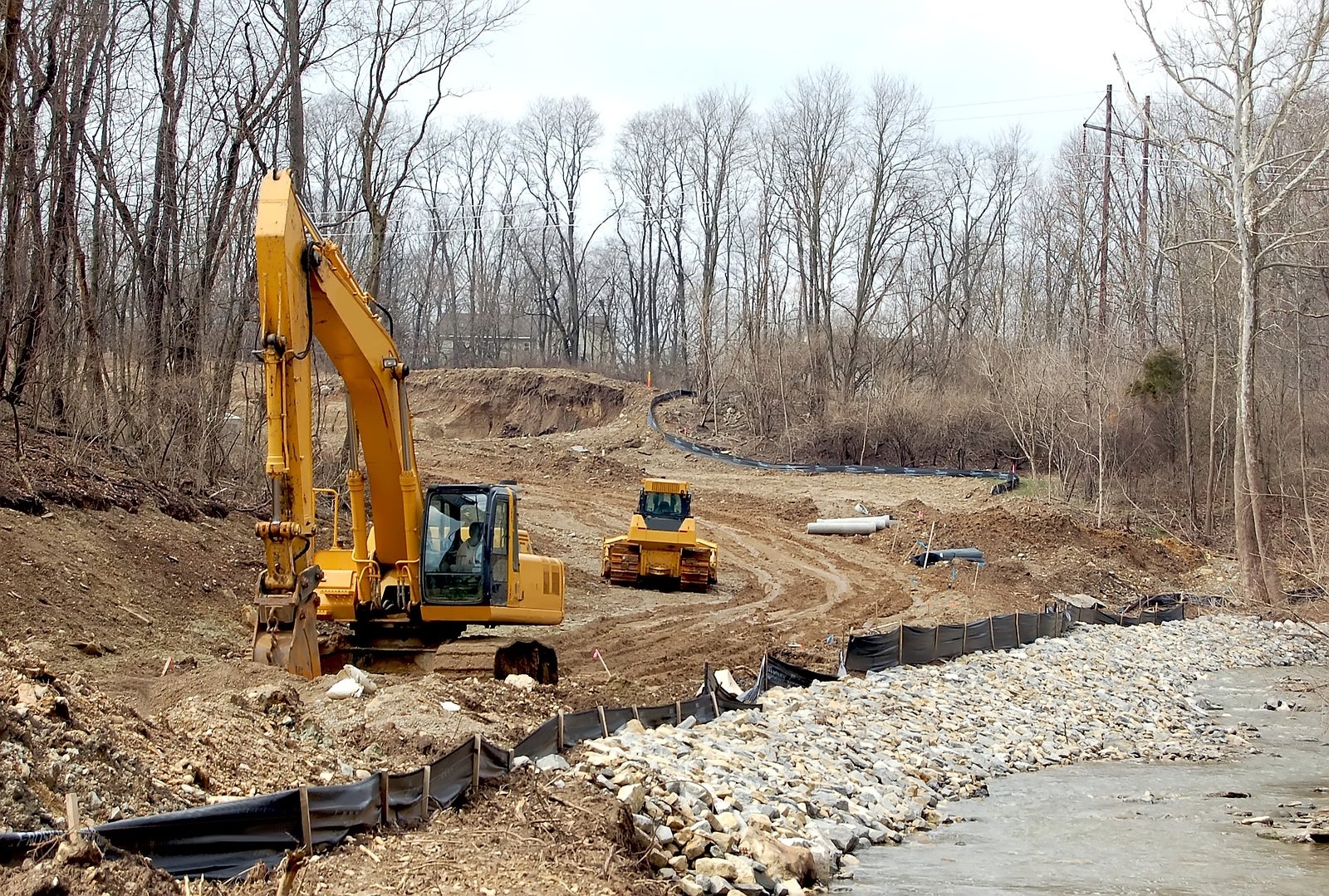
Eminent domain allows the government to seize private property without the owner’s consent. From 1998 to 2002, more than 10,000 properties across 41 states faced condemnation, only for the land to be handed to private developers. An eminent domain must be claimed for public use; direct public use includes constructing roads and freeways, municipal buildings and schools, and the preservation of historic sites. Private use that benefits the public includes railroads, utilities, and renovation of “blighted” sites.
Eminent domain requires just compensation or payment at the current market value. Many property owners can negotiate a higher price with help from legal counsel and expert appraises. Most states don’t report the use of the eminent domain, making it difficult to track. In 2020, Texas reported 224 cases of eminent domain being employed by the government or private entities, but 5 agencies failed to meet state requirements to report their use of the eminent domain. In 2019, Missouri’s department of transportation acquired 608 parcels of real property, but the state only reported 54 condemnation filings.
There are many famous cases of eminent domain abuse. In Toledo, Ohio, in 1999, the city declared a neighborhood of 83 well-maintained homes and 16 businesses were blighted to secure land for a Chrysler plant. After granting Chrysler millions to build the plant-based on a promise to create 5,000 new jobs, only 2,100 people were hired. In the early 2000s in Hurst, Texas, the city used eminent domain to remove 127 homeowners, making way to expand a private mall. Only a handful of the residents resisted the offers and filed lawsuits, but all were overruled, and they were forced from their homes.
The impact of eminent domain abuse is prominent. In areas where eminent domain is used to obtain property for private development, residents are more likely to be poorer, from racial minorities, and less educated. In eminent domain areas, the median income was $19,000 compared to the $23,000 median income of surrounding areas. From 1949 to 1963, 177,000 families and another 66,000 individuals were displaced due to urban renewal, of which 78% were racial minorities. During this period, only 48,000 new housing units were constructed — just 20,000 were low-income housing.
Property owners are rarely successful in stopping the government from taking their land, but that doesn’t mean you’re powerless. Most owners are in a good position to negotiate a higher price. When the government wants to take your land in Kentucky, property owners will receive a notice of intent by mail, an appraiser will assess the size and condition of the property, and a purchase offer will be made based on the appraised value. Before accepting an offer, consult a lawyer for help understanding the process.
The property owner and counsel review the appraisal offer to determine if the appraised value is an accurate accounting of property, if it reflects the property’s highest value, and more. If you cannot agree on a price, a condemnation lawsuit will follow, and a jury will determine the amount of just compensation owed. Know your rights before you give up your property.

Source: Dallas & Turner, PLLC
2794 Views












